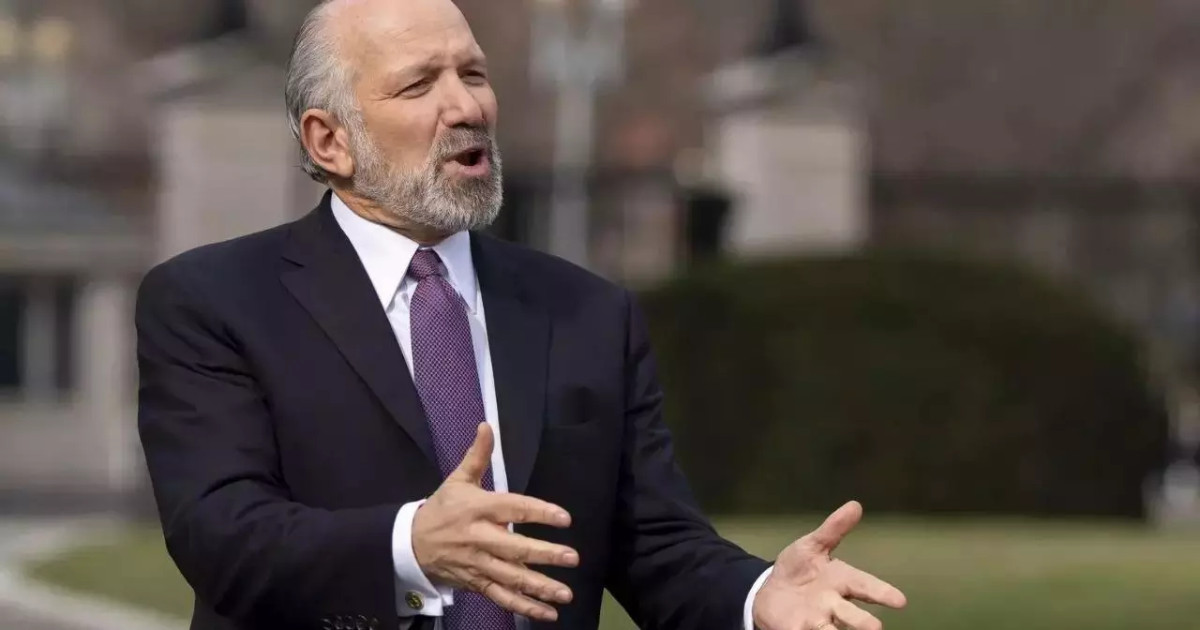S&P Global Ratings upgraded India’s sovereign credit rating to ‘BBB’, a move welcomed by the Economic Advisory Council, though they believe India’s economic strength warrants a higher rating. The upgrade reflects India’s fiscal consolidation, strong growth, and infrastructure development. S&P anticipates continued economic resilience driven by domestic consumption and rising capital expenditure.
India’s Economic Ascent: Are We Finally Getting the Recognition We Deserve?
For years, India’s economic story has been one of immense potential, often tempered by cautious international assessments. Now, there’s a palpable shift in the air, a growing sense that the world is starting to truly grasp the scale and resilience of the Indian economy. S&P’s recent decision to upgrade India’s rating outlook to positive is a significant moment, a clear signal that the country’s trajectory is being viewed with increasing optimism. But is this just the beginning?
This upgrade isn’t just about numbers and ratings; it’s about perception. It suggests a growing confidence in India’s ability to navigate global uncertainties and maintain its growth momentum. Sanjeev Sanyal, a member of the Prime Minister’s Economic Advisory Council (PM-EAC), certainly welcomes the upgrade, but also hints at a lingering feeling that India’s economic prowess remains somewhat underestimated on the global stage.
What’s fueling this newfound optimism, and why might India still be considered underrated?
Decoding the Upgrade: What Does a “Positive” Outlook Really Mean?
A positive outlook from a ratings agency like S&P isn’t a guarantee of an immediate ratings upgrade. Instead, it’s a declaration that the agency sees a significant possibility of an upgrade in the near to medium term – typically within the next two years. This vote of confidence usually stems from factors such as improved economic fundamentals, stable political landscape, or successful implementation of key reforms. In India’s case, it reflects a recognition of the country’s robust growth, its improved fiscal management, and its demonstrated resilience in the face of global headwinds.
The upgrade is crucial because sovereign credit ratings directly influence the cost of borrowing for the government and for Indian companies in international markets. A better rating or outlook translates into lower interest rates, making it cheaper to finance infrastructure projects, expand businesses, and ultimately, drive economic growth.
India’s Economic Resilience: A Story Still Being Written

India’s economic journey has been anything but linear. The nation has faced its share of challenges, from infrastructure bottlenecks to bureaucratic hurdles. Yet, amidst these obstacles, the country has consistently demonstrated an ability to adapt, innovate, and grow. The government’s focus on infrastructure development, coupled with reforms aimed at streamlining business processes, has started to yield tangible results.
Furthermore, India’s large and growing domestic market provides a significant buffer against external shocks. This internal demand, coupled with a burgeoning entrepreneurial ecosystem, fuels innovation and creates opportunities for growth across various sectors. The digital revolution sweeping the country is also a key driver, connecting remote areas to the mainstream economy and empowering individuals and businesses alike. (Read more about India’s digital transformation here.)
Why the “Underrated” Feeling? The Lingering Challenges
Despite the positive outlook, the sentiment that India remains “underrated” is not without merit. Several factors contribute to this perception. Firstly, India’s per capita income still lags behind many developed nations, highlighting the need for sustained and inclusive growth. Secondly, while the country has made significant strides in poverty reduction, significant pockets of deprivation remain.
Moreover, India still grapples with challenges such as income inequality, environmental sustainability, and the need for further improvements in education and healthcare. These long-term challenges require sustained policy attention and concerted efforts to ensure that the benefits of economic growth reach all segments of society.
The Path Forward: Sustaining the Momentum
The recent upgrade in outlook is a welcome recognition of India’s economic progress. However, it’s crucial to view it as a stepping stone rather than a destination. The challenge now lies in sustaining the momentum, building on the existing strengths, and addressing the remaining weaknesses. Continued focus on infrastructure development, fiscal prudence, and structural reforms will be essential to unlock India’s full potential and solidify its position as a global economic powerhouse.
Ultimately, the true measure of India’s success will not just be its GDP growth rate or its credit rating, but its ability to improve the lives of its citizens and create a more just and equitable society. The upgrade is a positive sign, but the journey towards realizing India’s full economic potential is far from over. India’s economic future looks bright, but realizing this potential hinges on continued commitment to reform, innovation, and inclusive growth.







